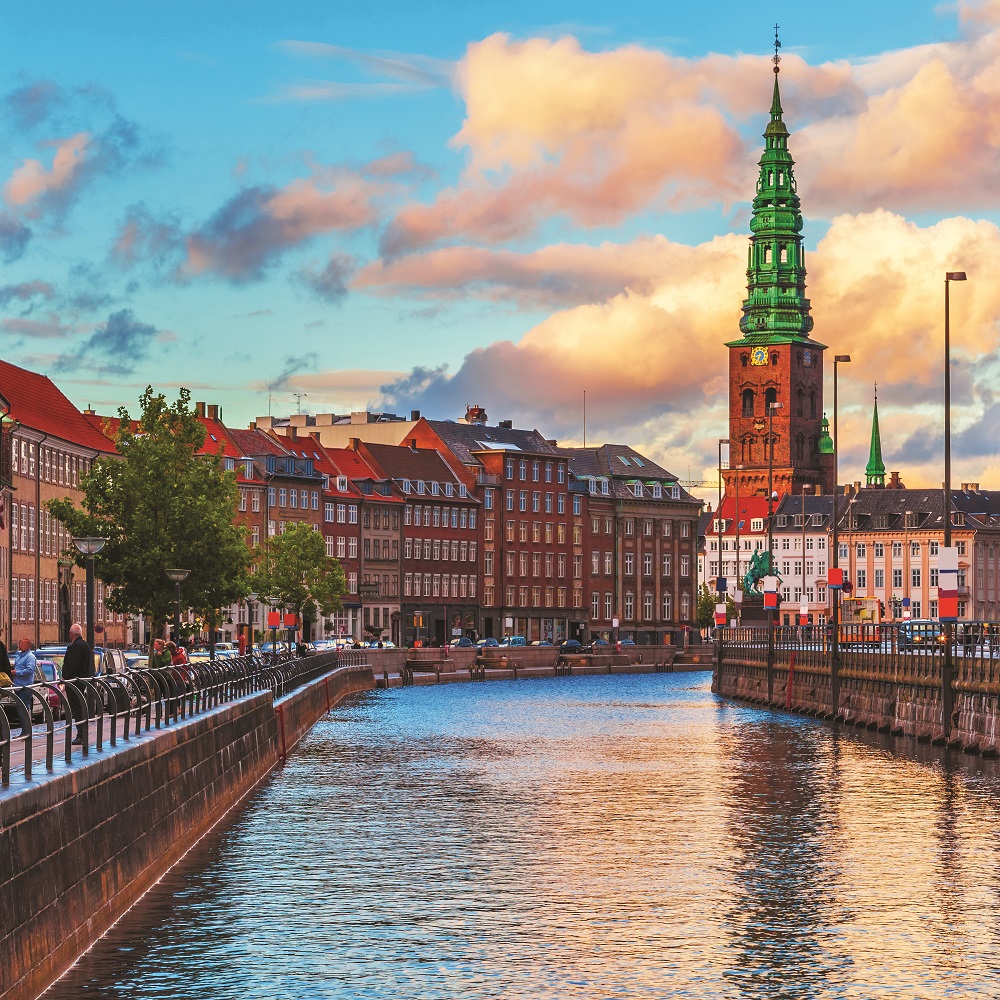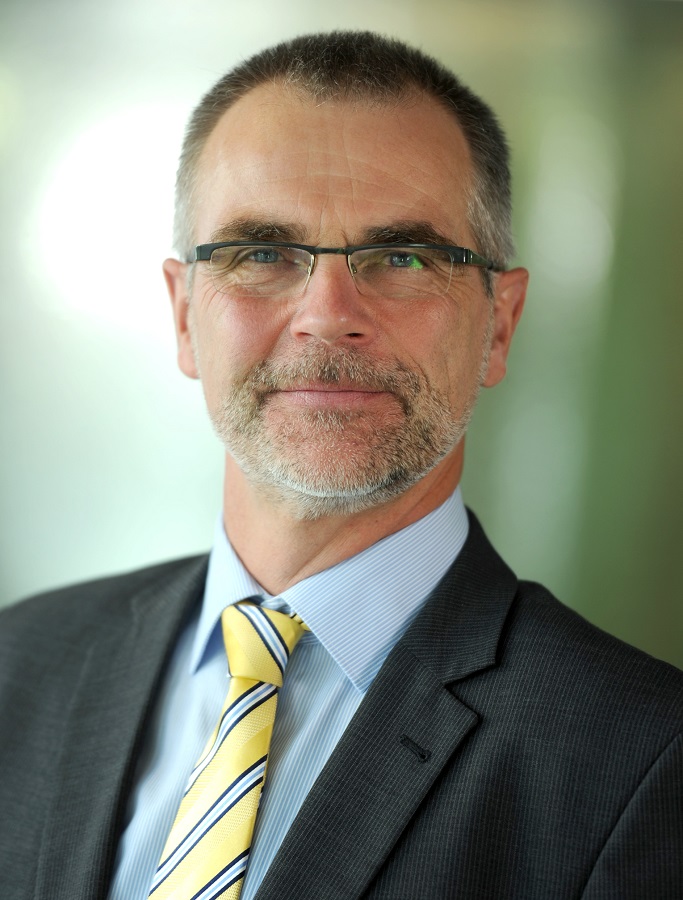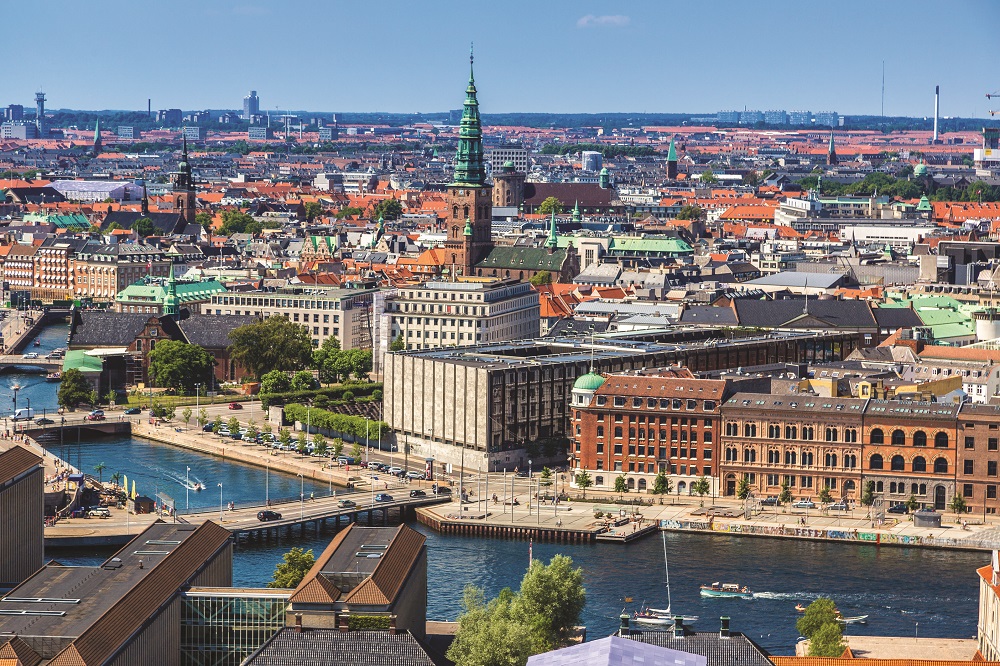Sustainability has become a catalyst for innovation in the HVACR sector in the Scandinavian region. We bring you the report.

Scandinavia has long been celebrated for being a sustainability hub that continues to make innovative advancements in support of global green efforts. Comprising mainly Denmark, Norway and Sweden, the region is known for the great strides those countries have made with regard to integrating sustainable practices that cut across various sectors. It is evident that key decision-makers within the economy consider promoting environmentally ethical business practices not a luxury but a necessity. Companies, on their part, invest in research and development not only to back government initiatives but also in the knowledge that doing so will provide them with significant competitive advantage. The HVACR sector is no exception to this tenet.
Following in EU’s footsteps
The region has been undergoing a dynamic change, confirms Torben Funder-Kristensen, Head of Public and Industry Affairs, Cooling Segment, Danfoss (Denmark), who says, “We are in a transformation phase, impacted by the F-gas Regulation, with dedicated focus on refrigeration, especially supermarkets and commercial refrigeration.”

Torben Funder-Kristensen
The European Union (EU) has adopted the F-gas Regulation and the MAC Directive as part of its measures to control emissions from fluorinated greenhouse gases (F-gases), including hydrofluorocarbons (HFCs), which have a detrimental effect on the environment.¹
While the MAC Directive focuses on air conditioning systems in small motor vehicles, the F-gas Regulation’s scope includes all key applications, with specific recommendations to contain and improve emissions from equipment and proposals for proper training and certification to equip personnel with up-to-date skills and information in facilitating such products. The legislation also imposes restrictions on the marketing and use of equipment with F-gases. Although originally adopted in 2006, it was replaced by a new regulation with updated policies and was officially adopted in 2014, before finally taking effect on January 1, 2015. Since then, the EU has phased out such equipment, bolstered by innovative technologies that have been proven to be equally efficient and far more cost-effective. The EU’s efforts have allowed it to meet its goals 10 years ahead of schedule¹, and Scandinavian countries have played an important role in this regard.
In accordance with EU’s strictures, the region has been successful in developing and implementing its sustainability programmes, which is evident in the government’s ability to instill green values within the ethos of business practices and public consciousness.
“There is a high focus on improving energy efficiency in general,” says Funder-Kristensen. Giving insight into recent trends in the cooling and heating sector, he adds, “We are following the EU directives plus building and energy directives proposed by the EU Commission, owing to the fact that heating and cooling are major energy consumers.”
Sustainability paving way for innovation
The call for sustainability has increasingly found followers globally. With the emergence of unified policies that emphasise the need for international cooperation, “Scandinavia has always been a frontrunner” in these efforts, especially with regard to “COP and the Montreal Protocol”, says Funder- Kristensen.
We are in a transformation phase, impacted by the F-gas Regulation, with dedicated focus on refrigeration, especially supermarkets and commercial refrigeration
In this regard, to reinforce their position in the market and continue the positive impact their results have had on the overall well-being of the citizens, Scandinavian companies in the HVACR sector are committed to investing in R&D and exploring areas of cooperation through strategic global agreements, in order to, as Funder- Kristensen puts it, “leverage and improve solutions and innovations worldwide”.
Keeping in step with this, the Scandinavian region’s legislation has been favourable towards supporting the growth of the market in line with its long-term economic goals. “As an example, Denmark has complied with very strong measures, and targets beyond the EU targets,” says Funder- Kristensen. “That [has] definitely triggered a lot of innovation, especially in combining heating and cooling and CO2 system development.”
Thus, although global policies vigorously shape the region’s HVACR sector, Scandinavia, on its own, has paved the way for its advancement, which is most recently reflected in its move to advocate and utilise natural refrigerants. This is in line with its efforts to not only become EU-compliant but also address the market’s massive demand, particularly in the commercial refrigeration segment.
Trends and alternatives
Nordic countries feature economic powerhouses with a thriving retail market and vibrant business landscape, all of which would require cost-effective and energy-efficient systems. This has also greatly impacted the sector, confirms Funder-Kristensen. Giving specifics, he says: “Heat recovery is a major trend in colder climates. We also notice a continuous development in CO2 applications for smaller refrigeration systems and development of CO2 components for larger systems, to obtain higher energy efficiency at elevated ambient temperatures.”
 To address this need, HVACR suppliers are pushing for more innovations. Companies, such as Danfoss, says Funder-Kristensen, are promoting ejector technology for use in CO2 refrigeration systems, which are set to be launched in the near future. This technology, he elaborates, “has successfully been trialled in CO2 systems, proving that it can save significant energy, both in systems with heat reclaim and in periods of hot weather”.
To address this need, HVACR suppliers are pushing for more innovations. Companies, such as Danfoss, says Funder-Kristensen, are promoting ejector technology for use in CO2 refrigeration systems, which are set to be launched in the near future. This technology, he elaborates, “has successfully been trialled in CO2 systems, proving that it can save significant energy, both in systems with heat reclaim and in periods of hot weather”.
Focus on energy efficiency has also resulted in the region’s move to look for alternative energy sources and products that can accommodate them. At the moment, more than 30% of Denmark’s electricity is generated by wind turbines, Funder-Kristensen reveals, and adds, “In the shift towards greater electrification of the energy grid, heat pumps are increasingly being seen as an alternative to expanding District Heating networks.” This is a trend that is expected to resonate stronger in the near future and spread to the rest of the region.
Technology steps in
The emergence of big data, Internet of Things (IoT) and cloud technology points towards a need for more integrated and streamlined operations in the HVACR sector. The shift towards digitalisation has driven the demand from business entities looking to update old systems or install new ones, especially in the smart store segment. Sharing details about his experience with Danfoss, which facilitates over 50,000 food retail installations worldwide, Funder-Kristensen says: “First of all, we are working in a mature economy. So the efficiency factor is driving the renewal of equipment when installing, for example, equipment in a smart store. There has to be a business case in all investments. The market seems, however, to be influenced by digitalisation, smart use of data and smart service and support.”
We notice a continuous development in CO2 applications for smaller refrigeration systems, and development of CO2 components for larger systems to obtain higher energy efficiency at elevated ambient temperatures
With commitment to honour the F-gas Regulation, quest for alternative energy resources and pursuance of innovative developments being top priorities for Scandinavia’s HVACR sector, Funder-Kristensen admits that both more pragmatic models and out-of-the box solutions are being propelled in the region. “This implies increased usage of heat pumps and integrated system thinking, where we combine heating, cooling and the electrical grid (smart grid),” he explains. “Flexibility in cooling demand, connection to District Heating/Cooling networks and use of surplus compressor capacity are some of the exciting new opportunities that can make the stores an energy supplier, adding valuable capacity to the energy network and new revenue streams to the business.”
As a result of this, Scandinavia has showcased how environmental goals do not need to contradict economic prosperity, thus providing the HVACR industry with an environment that is conducive to growth. This appears to be only the beginning, as new possibilities open up for a region that has set its mind for long-term goals in lieu of short-term gratification, in a show of foresight.
Scandinavian model in the global context
“High standards, solid quality and a well-educated workforce,” answers Funder- Kristensen when asked what sets the Scandinavian HVACR industry apart from the rest of the world. He elaborates, “The combination of high-quality and technically advanced products with high application knowledge and well-documented results and solutions is the essence of being a global player with a strong Scandinavian outset.”
It appears to be an enviable model for countries looking to implement similar programmes and initiatives.
The GCC region might benefit from the ethos that drives the Scandinavian countries towards sustainability, and explore possibilities of replicating operational models for application within the Middle East. As the Gulf countries are moving away from their dependency on oil and the hydrocarbon sector, Scandinavia could prove to be a valuable ally in such efforts. Scandinavia is proof that an economy working as a single organism towards prosperity and unified goals can engender slow and steady change. Now the question remains, is the region and the rest of the world ready to follow suit?
References:
Cited: 1. http://ec.europa.eu/clima/policies/f-gas/legislation/index_en.htm
Other sites referred to:
Copyright © 2006-2025 - CPI Industry. All rights reserved.